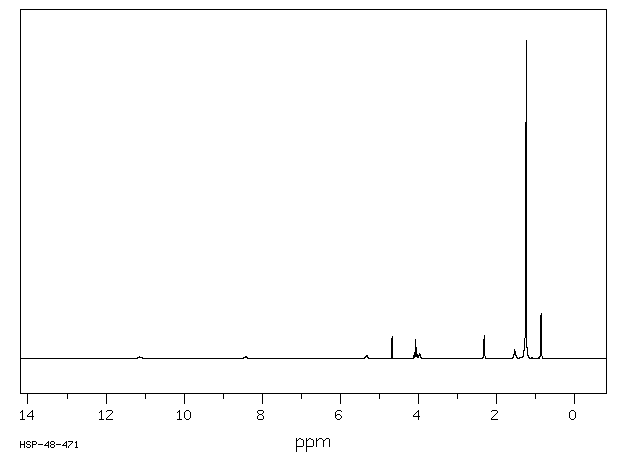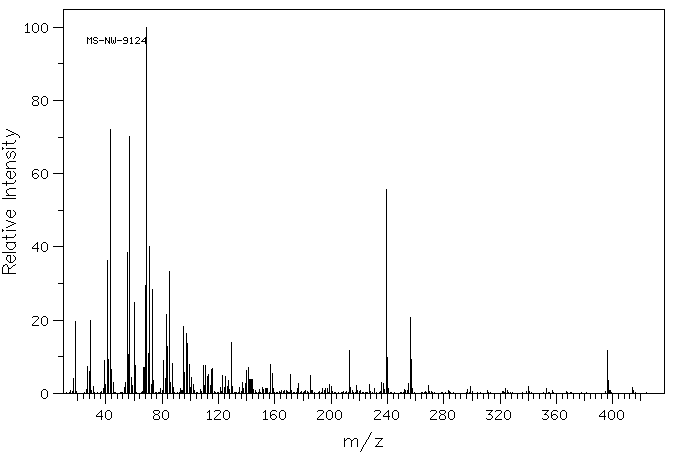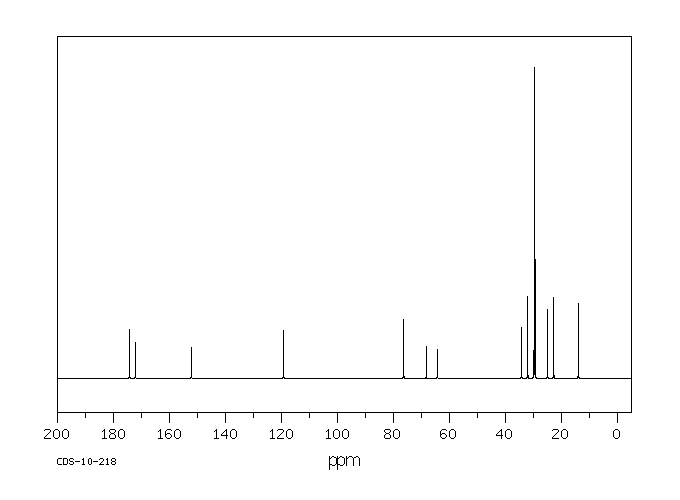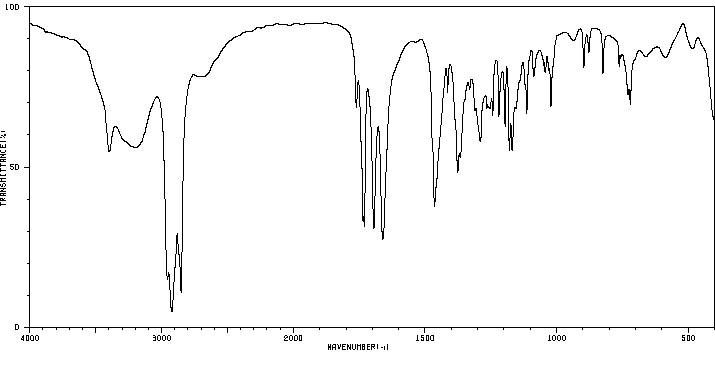代谢
维生素C(抗坏血酸)是一种非酶抗氧化剂,对保护肺部免受氧化损伤至关重要,在患有呼吸道炎症的马的肺泡灌洗液中,维生素C的含量会降低。为了研究可能在具有合成维生素C能力的物种中实施的治疗方案,本研究在3x3拉丁方设计中,对六匹健康的矮马进行了口服补充两种形式的抗坏血酸(每种形式相当于每公斤体重20毫克的抗坏血酸)对肺和全身抗氧化状态的影响。两周的补充期后,与对照相比,抗坏血酸棕榈酸酯显著增加了平均血浆抗坏血酸浓度(分别为29 +/-- 5和18 +/- 7微摩尔/升;p < 0.05)。钙抗坏血酸-2-单磷酸,一种更稳定的抗坏血酸形式,也增加了平均血浆抗坏血酸浓度,但差异不显著(23 +/- 1微摩尔/升;p = 0.07)。在用抗坏血酸棕榈酸酯或钙抗坏血酸-2-单磷酸补充后,六匹马中有五匹的支气管肺泡灌洗液中的抗坏血酸浓度较对照组增加(分别为30 +/- 10,25 +/- 4和18 +/- 8微摩尔/升;p < 0.01)。两种补充剂均未改变血浆或支气管肺泡灌洗液中的谷胱甘肽、尿酸或α-生育酚的浓度。总之,在具有合成维生素C能力的物种中,补充抗坏血酸(20毫克/公斤体重)后,肺泡灌洗液中抗坏血酸的浓度会增加。
Vitamin C (ascorbic acid) is a non-enzymatic antioxidant important in protecting the lung against oxidative damage and is decreased in lung lining fluid of horses with airway inflammation. To examine possible therapeutic regimens in a species with ascorbate-synthesising capacity, ... Te effects of oral supplementation of two forms of ascorbic acid, (each equivalent to 20 mg ascorbic acid per kg body weight) on the pulmonary and systemic antioxidant status of six healthy ponies in a 3 x 3 Latin square design. Two weeks supplementation with ascorbyl palmitate significantly increased mean plasma ascorbic acid concentrations compared to control (29 +/-- 5 and 18 +/- 7 umol/L, respectively; p < 0.05). Calcium ascorbyl-2-monophosphate, a more stable form of ascorbic acid, also increased mean plasma ascorbic acid concentrations, but not significantly (23 +/- 1 umol/L; p = 0.07). The concentration of ascorbic acid in bronchoalveolar lavage fluid increased in five out of six ponies following supplementation with either ascorbyl palmitate or calcium ascorbyl-2-monophosphate compared with control (30 +/- 10, 25 +/- 4 and 18 +/- 8 umol/L, respectively; p < 0.01). Neither supplement altered the concentration of glutathione, uric acid or alpha-tocopherol in plasma or bronchoalveolar lavage fluid. In conclusion, the concentration of lung lining fluid ascorbic acid is increased following ascorbic acid supplementation (20 mg/kg body weight) in an ascorbate-synthesising species.
来源:Hazardous Substances Data Bank (HSDB)










